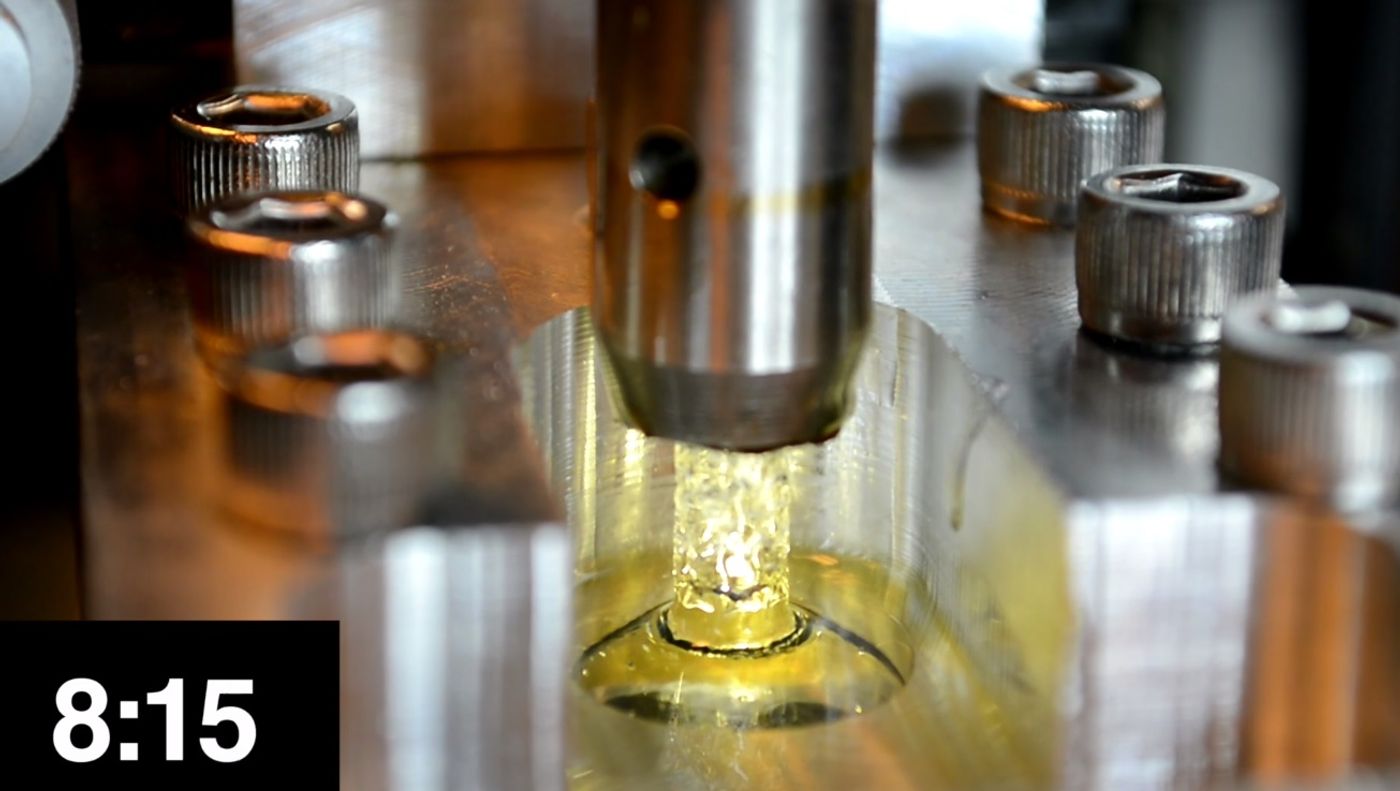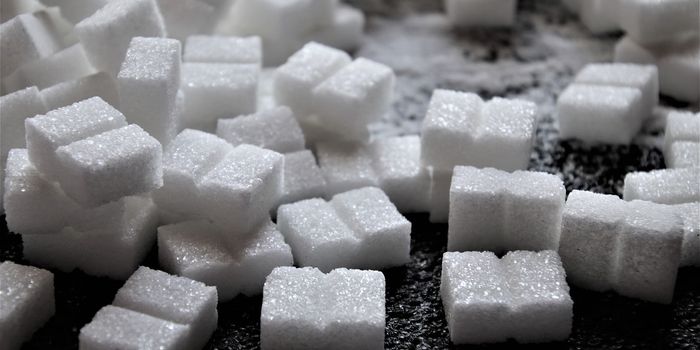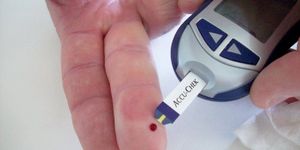While existing vascular stents, made of metal, come in different sizes to accommodate a variety of patients, a new technology offers complete personalization according to an individual’s precise dimensions. For heart disease patients with blocked blood vessels, the new stent technology could be life-changing.
Scientists from Northwestern University developed 3D-printed customized vascular stents, which are flexible, biodegradable, and made of a citric-acid based polymer designed by researchers in the lab of Dr. Guillermo Ameer. "The physician has to guess which stent size is a good fit to keep the blood vessel open,” said Ameer in explanation of existing stent options. “But we're all different and results are highly dependent on physician experience, so that's not an optimal solution."
Instead, Ameer and his team specialize in 3D-printing stents that have precise geometric and biologic specifications according to an individual patient’s needs. "There might be geometric constraints in the patient's vessel, such as a significant curvature that can disturb blood flow, causing traditional stents to fail,” Ameer said. “This is especially a problem for patients who have conditions that prevent the use of blood thinners, which are commonly given to patients who have stents.”
Using a specific 3D printing technique called projection micro-stereo-lithography, Ameer and colleagues prepared the customized stents via a liquid photo-curable resin that is capable of printing objects with light: “When a pattern of light is shined on the polymer, it converts it into a solid that is then slowly displaced to cure the next layer of liquid polymer.” This process resulted in a flexible and biodegradable product that also had natural antioxidant qualities.
Additionally, drugs can be added to the citric-acid based polymer and gradually released at the site of the stent implantation to further improve the healing process in the wall of the damaged blood vessel. The 3D-printed stent can also be designed to prevent clot formation in response to vascular grafts.
As opposed to traditional stent implantations that can move in an artery if they do not fit very well, causing additional surgical operations, Ameer said the 3D-printed stent is much more dependable. "In theory, it's safer because the patient doesn't have permanent foreign metal devices in the body," Ameer said. "If, for any reason in the future, the surgeon needs to go back into that location in the vessel, they can. There's not a metal stent in the way."
For now, Ameer and his team anticipate a regular routine for doctors to follow in order to implement the personalized 3D-printed stents:
- Dimensions of the patient’s vessel obtained with standard imaging techniques
- Stent printed on site according to those dimensions
- Stent implanted by surgeon
In the future, the researchers will work on improving the long-term performance of the new stent technology, as well as develop a more complete understanding of how long it takes for the stent to break down and absorb into the body.
The current study was published in the journal
Advanced Materials Technologies.
Sources:
Northwestern University,
RadiologyInfo.org









